“Kushari,” the man towering above me said, “is the only food available here. For touristy stuff, there is McDonalds near Luxor Temple, and no, I don’t know the way to get there in five minutes.”
I was going to eat Kushari again. I had nothing against Egyptian staple of rice, lentils and macaroni, but I had been living off it for the past week and wanted a little surprise in my plate.
Luxor, like Aswan, was content with capitalizing on the glory of a long gone civilization. I was on the West Bank of River Nile, a place that historians called an archaeological paradise. On the world map, few countries could compete for seniority in age with Egypt, so if your heart yearns for more than Hollywood’s version of Egyptian mummies, the practical thing to do is head straight to the West Bank – or the capital of ancient tombs. It is what you do in Luxor, besides a cruise on River Nile. I had had my fill of cruises – so I returned to the tombs. And that is how I came to be eating kushari again.
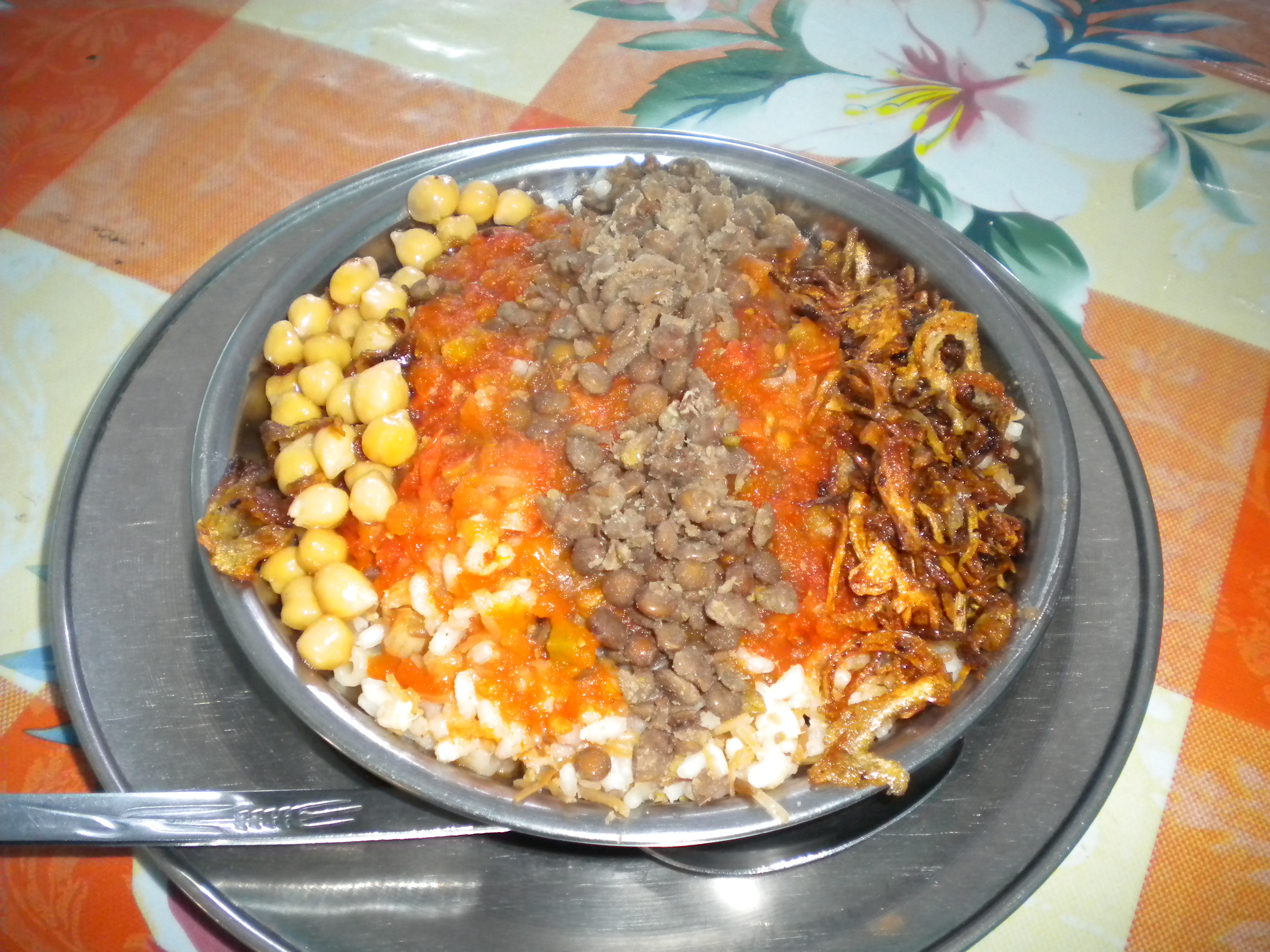
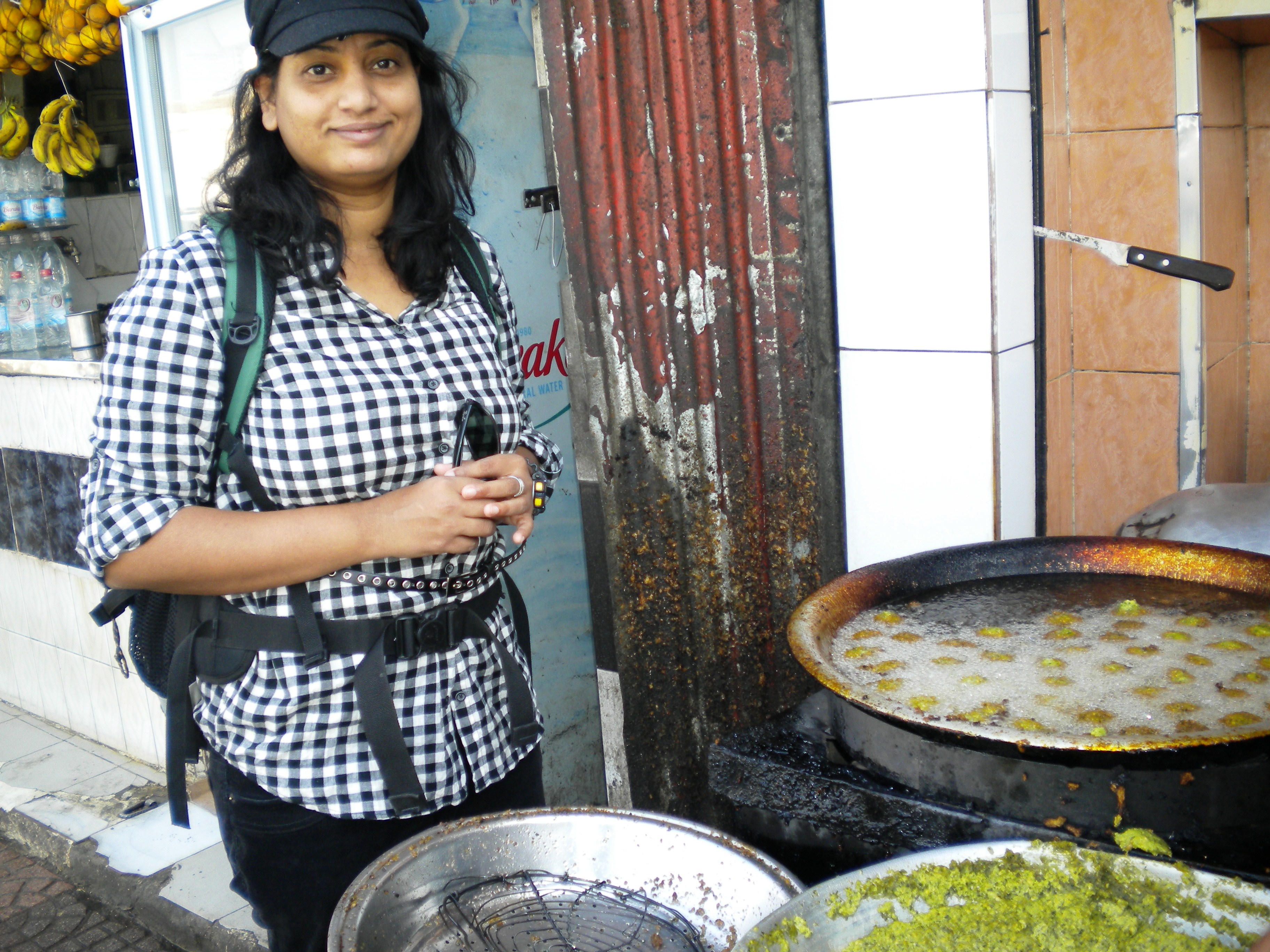
Ramon, the taxi-guy I had hired for a tour of important sites in West Bank, became my first real contact with Egyptian history. He began every sentence with “My Queen” and quizzed me on Bollywood movies with emphasis on Amitabh Bachchan. When he remembered why he was hired, he explained the mummification of King Tut and Ramses and beamed proudly when explaining how his ancestors drew the tombs of Valley of the Kings, catacombs and tunnel walls with precision and symmetry without a source of light.
I agreed with him when I saw for myself how the colours shone brilliantly three thousand years later.
I frequented diverted Ramon’s attention to Osiris and Anubis (the god of death, who to me looked more like god of fitness). Luxor surely does not require an introduction, but it was when visiting the Mortuary Temple of Hatshepsut (the female king who ruled Egypt for 20 prosperous years) I realized that to understand the story behind Hatshepsut’s expedition depicted on the temple walls, a crash course in hieroglyphics would be sensible.
Of the one thing that caught my attention were the Scarab beetles – every souvenir store had it in the form of an amulet, locket or fridge magnet. It became my favourite souvenir too – until I learnt the significance of it. The said beetle (dung beetle) is known to roll around the balls of dung and although unpleasant, this practice is what earned their worshipped place in the ancient Egyptian culture because of a divine affiliation with the sun god Ra.
One learns new things every day!
Later, through the course of travel and fascinated with the statues of animals, I realized that Egyptian pantheon was fond of zoomorphism – with many animals sacred to particular deities like cats to Bastet, baboons to Thoth, crocodiles to Sobek and Ra, fish to Set, mongoose, shrew and birds to Horus, dogs and jackals to Anubis, serpents and eels to Atum, beetles to Khepera and bulls to Apis.
Egypt round up
- It took 70 days to mummify the body of King Narmer (Menes) after he was killed by a hippo he was trying to hunt. King Narmer is considered The Builder of Egyptian civilisation and first Pharaoh ever to rule Egypt.
- Karnak in Luxor consists of 134 gigantic stone columns. The largest stone columns are 24m high and 3.5m in diameter. It was built by King Seti who ruled from 1290 to 1279 BC.
- The most famous Ancient Egyptian insect is the Scarab Beetle. The Egyptian name for the scarabwas Kheper. The scarab beetle was the most important *amulet worn by ancient Egyptians.
- Ideally the king of Egypt would be the son of the previous king – but when this was not possible, the coronation ceremony had the power to convert a woman into an unassailable king.
Luxor was exciting at first, but a week of exploring temples and tombs, eating kushari and warding off touts was having a telling effect.
It was hard to bridge the gap between old and the new when staring at mummified animals in the Luxor Museum, and I felt as though I was looking at time without an end – which, I guess is the difference between imagination and reality. It was another of those unexpected moments in life that show the limitations of your mind.
I dearly wished Cairo would be more fun – although I had no idea what fun I was looking for.
The unbeaten Egyptian hospitality
In the hospitality department, the Egyptian male is unbeatable—a quality that becomes even more pronounced in their interaction with the opposite sex, so presumably as many other females before me, I joined the clan that has been subjected to sexual suggestions, particularly in markets when the over-friendly males insisted on putting the chain around my neck, attempted to brush my cheeks when fiddling with the clasp, before I set out to beat them at their game.
But if you are backpacking in Egypt and are a single female, it helps to carry a large supply of attitude, humour, selective hearing and good running shoes.
Frequently the situation might demand the application of all these.
A local and a change of perspective
Having learnt the first lessons of independent travel on a train has prejudiced me towards this mode of travel. So, like all tourists in Egypt, I too found the Luxor railway station and haggled over the price of a ticket to Cairo.
I ran into Ramee outside Giza station the next morning.
“Can I help you?” asked he, easing his short frame into the space between the stout taxi driver and me. “Where do you want to go?”
“The Pyramids, of course”
“I will help you. Come with me.”
He introduced himself. I saw no harm in trusting him. Someone had once said – follow your heart, but take your brains with you. I had mine with me.
Ramee was one of natures’ mysterious coincidences. Picture this. He was a Dubai-returnee, he lived near the Giza Pyramids and he had materialized when I was negotiating with an unrelenting cab driver because, he told me later, he felt I was being unduly subjected to harassment.
He invited me to meet his mom and sisters, which in a backpacker’s dictionary meant free stay and home cooked meals. I patted myself on the back for my ingenuity in saving a dollar I could have afforded but then something happened cutting my ego down to size and guilt-tripping me. It happened when few hours later I sat staring at the mouth-watering spread Ramee’s mother and sisters had cooked, and tears of gratitude sprang into my eyes.
And as a repayment to their kindness all I could do when going through the meal of cheese, bisella (a stew with peas and carrots), parsley salad, molokhia (green soup) was to murmur a heavily accented shukran.
Ramee’s family may never have left their homes without a veil, but their eyes had seen a lot more than I had. Their hearts had more space than I could ever hope to have in mine. They had, so easily and gladly embraced me. I will never know if that was a part of their hospitable Egyptian culture of was it just them, but clearly they were a cut above the people I had met in Egypt till date.
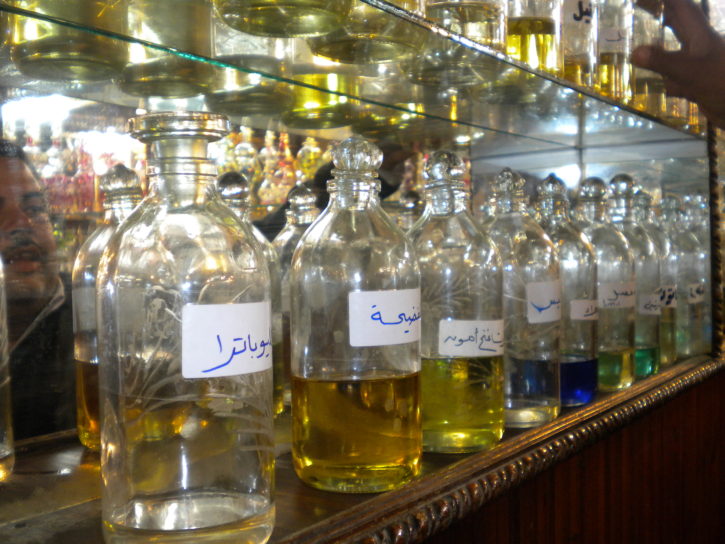
A bit of a contrast I thought, considering that even in ancient Egypt, men and women of equivalent social status were treated as equals in the eyes of the law. This meant that women could own, earn, buy, sell and inherit property. They could live unprotected by male guardians and, if widowed or divorced, could raise their own children.
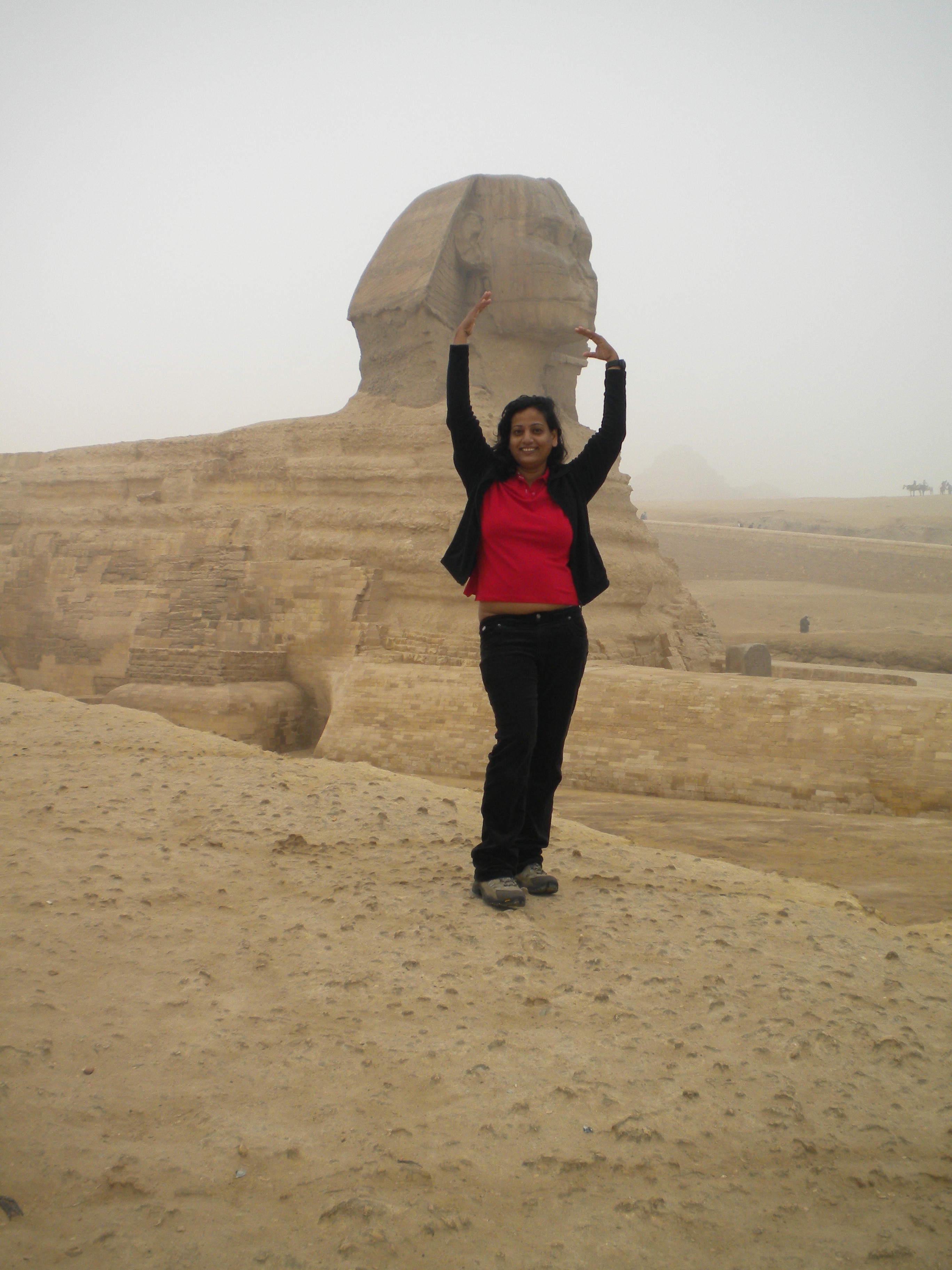
Travelling had steeled me against falling into exaggerated price traps and tuned my senses to detect deception, but had not made me emotion-resistant. That instant when I bit into slices of gibna rumi (Egyptian cheese) and onion rings wrapped in aish baladi, I swore that I would hence invest time in learning Arabic.
I regretted my reluctance to learn Arabic despite living in UAE. Travelling had proved that the language barrier is a mixed bag —but in all probability I may have been occupied in learning backpacker skills over languages, which had cut off many enlightening conversations with the locals. But it never came across so strongly like it did when sharing the evening meal with Ramee’s family on their terrace that housed goats, chickens and rabbits.
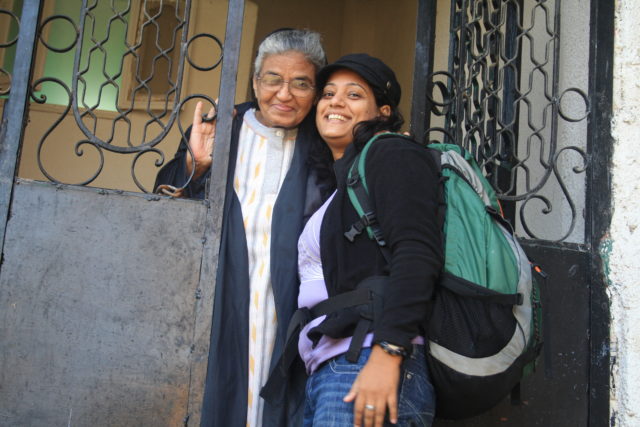
Ramee and family were the kind of souls planted in your way to make up for what Egypt lacked or had too much of, like the hustlers and touts and over-friendly men. Ramee told me of the beautiful deserts he would show me the next day and I sort of fell in love with Egypt. For the first time in two weeks I experienced what a true Egyptian welcome was.
Deserts were aplenty in the UAE, but seeing it in Egypt with Ramee as a guide was promising. I fell asleep dreaming of the Pyramids and how all these years of solo travel had finally made me respond to genuine kindness by pounding out suspicions and arrogance ordinarily attached with single women backpackers around the world.
And to feel that way in Egypt was particularly brave of me.
Pyramids and a local perspective
I will not go into details about the thousands of years old Pyramids of Giza, The Sphinx, ancient Egyptian markets or tombs of King Tut—around these, I behaved like every other tourist would. The magnificence of the Museum of Cairo took my breath away with the world’s largest collection of Pharaonic antiquities and pieces of Egyptian history while the very city of Cairo (one of the most populated cities in the world) in itself was a challenge to negotiate.
I went overboard with pictures, oohed and aah’d at the ancient Egyptian treasures, gorged on falafel and tea, went through mountains of shawls and scarves and bought nothing. Although, much to Ramee’s dislike, I did accept a plain white scarf a pushy vendor offered in return for “friendship,” but that was because I was having so much fun trying to beat him at his own game.
Ramee taught me the difference between an original papyrus and banana-leaf paper masquerading as one. “Real papyrus doesn’t crack,” he claimed crumpling one into a ball. He was right. I tried doing the same, and the fake one crumbled into pieces in my hand. A small and valuable lesson learnt –always be open to a local perspective and experience. In the end, that will serve you well.
Suddenly everything in Egypt appealed to my romantic side, even the dirty streets around Syeda Aysha Square and City of the Dead which ended my fears of the dead.
City of the Dead, a “slum” area outside the city of Cairo is unique in many ways. The area houses corpses from the 7th century. It is filled with mausoleums and tombs and as the city expanded, living people. I went there out of curiosity – to see how the living shared space with the dead. To really understand the human connection in this world, I definitely recommend this place – although not much to look at, it represents people’s resilience and adaptability to situations.
Just like historical Egypt when the family spent time in the tombs with their mummified ancestors, offered food and drinks during the Feast of the Valley, an annual festival of death and renewal and celebrated their reunion with the dead.
If I had a globe and traced my travels, I know I would have a pretty design on it, with long and short fingers leaping about in various directions. Every place exemplified something, taught me something useful, helped me shed inhibitions and mental blocks and made me more tolerant and thankful of everything I have.
In Egypt, I wasn’t expected to keep to my promise, for everyone one was promising everyone something improbable, so I didn’t have guilt attacks when I promised Ramee a visit again. I probably meant it too.
What I remember most about Egypt today is not the felucca rides on the Nile or the Luxor temples or the Pyramids, but the face of Ramee’s mother as she bid goodbye.
On her face was love. A smile that was both sad and hopeful of seeing me again. A smile of a life lived well.
Egypt challenged everything I had learnt, seen or heard till date. It shocked me with its generosity just when I was putting up my defences against its unpleasantness. It taught me how to remain thick skinned and how to trust. Egypt was full of contrasts – but anyway I looked at it, it never failed to amaze.
“If you drink from the Nile, you must come back…” I remember Ramee’s mom saying.
For once, I’ll be glad if that legend came true.
CLICK BELOW FOR THE PDF OF THE PUBLISHED STORY IN MANORAMA TRAVELLER

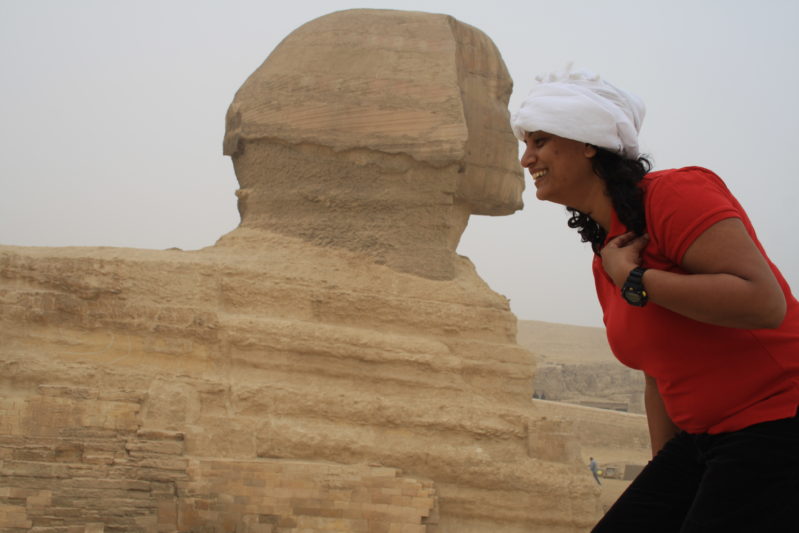



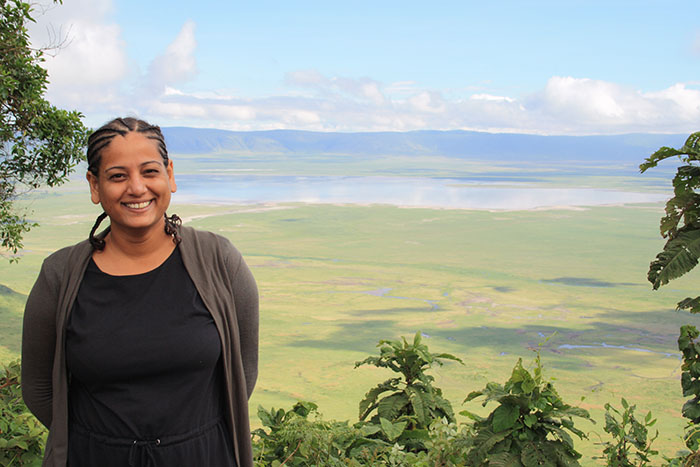

What a good, feature! I enjoyed it.